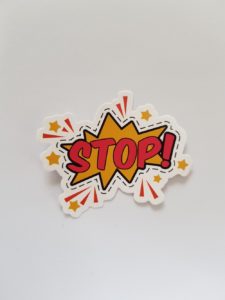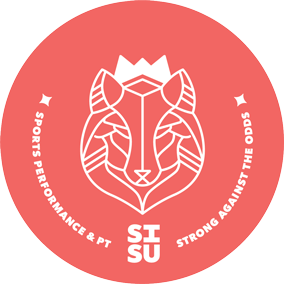Achilles Tendinopathy
(formerly known as achilles tendonitis)
Coming up with a Plan that Works
Two years ago I sustained an achilles tendon injury resulting in tendon pain with activity, specifically running.
As a seasoned practitioner, the symptoms of this injury were pretty clear to me – I felt a strange pull with a sudden change of direction during an activity that I was not remotely trained to do and subsequently experienced stiffness in the morning, pain with activity and even a bit of swelling in the achilles tendon itself.

In the olden days (ala 8 years ago), if I had been working with a client with a tendon injury, I would have scraped and rubbed and stretched the shit out of that tendon, thinking that I was “increasing blood flow” and “realigning fibers.” Oi vey.
We have since learned that the above approach (ie. manual therapies) to treating tendon injuries is potentially flawed.
Part of the reason these treatments aren’t preferred nowadays, is because they don’t address the root of the (t)issue (you see what I did there?!?). That being, tendon tissue that cannot withstand the demands of your activity and thus implementing strategies that can increase your tendon’s ability to withstand the loads of your desired activity.
As someone who has experienced this injury herself, I can tell you right now, I couldn’t even touch my tendon with a light finger, let alone scrape and rub and DIG into it! Just the thought of it makes me quiver. No thank you.
There are a couple of different types of tendinopathies but I’m going to dive into that today because it’s fairly complex and the goal of treatments are essentially the same: increase your tendon’s tolerance to load.
Having a PLAN can be incredibly helpful to a tendon injury, particularly if you are active or hope to have a tendon that can withstand the stressors of the activities you seek to perform.
A tendon is where energy goes to be stored and released. Higher impact activities are simply easier to do with a healthy feeling tendon.
So where are we now as it pertains to treating this annoying little niggle of niggles?
Well, we’ve made some progress, but admittedly still have some confusion to boot.
Full transparency here, tendinopathy can be a challenging rehab (I don’t say this to scare you, so please don’t be scared). We know that you can have lots of changes to your tendon and absolutely no pain, you can also have absolutely no changes to your tendon and a lot of pain.

Either way, this rehab is a bit like walking on a balance beam.
Too much activity, and you’ve potentially flared up your symptoms and fallen off the beam. Too little activity, on the other hand, and you aren’t loading the tissue enough to increase the ability to withstand load and haven’t made progress toward getting across the beam at all.
So when I think about plan development, what I’m considering are how do we effectively calm things down, then work to build things back up so that you can perform the way you want.
Keep in mind that if you choose to continue to play the sports and activities that CAUSED your injury in the first place, you might be putting a lot of demand on that tendon and making it more difficult to fully recover.
With my achilles tendon issue, I made a very conscious decision to continue doing everything I wanted to do. That strategy might not work for you and that’s fine, but finding ways to keep yourself moving have been shown to be effective for most.
As is the case with so many musculoskeletal injuries, rest is not typically best for tendon injuries. Finding ways to stay active and continue to be moving is vital for tendon health. But again, it comes down to finding the appropriate loads for you.
Hopefully these suggestions give you something to consider in your quest to recover. Should you desire a more tailored and focused approach, you can schedule an appointment with me or reach out for an online consult.






